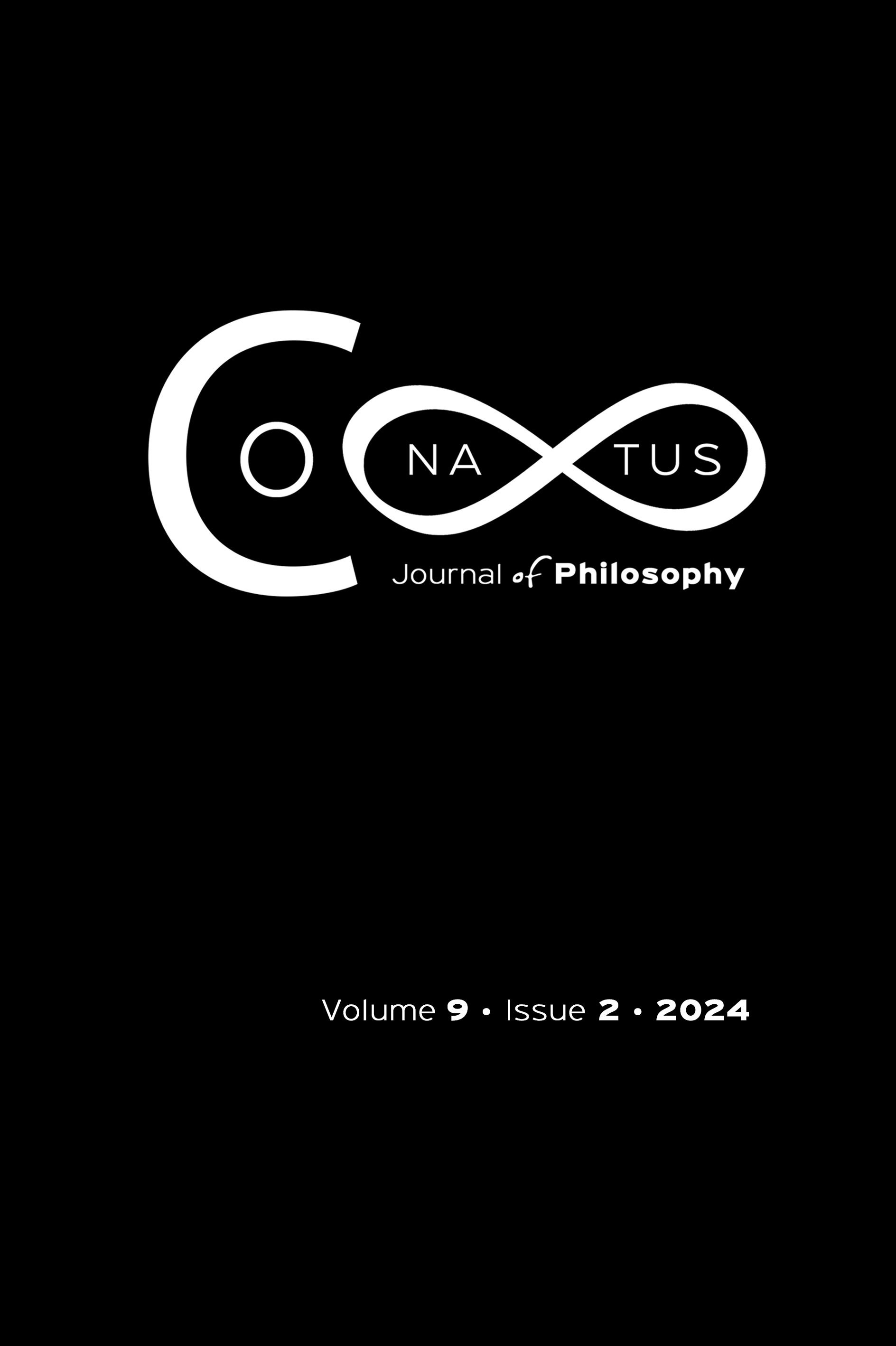Is Numenius’ Doctrine of the World Souls Identical with Calcidius’ Relevant Doctrine?

Abstract
The present article deals with the subject of the doctrine of the Middle Platonist philosopher Numenius about the world souls, according to the testimony of Calcidius. At first, it is being investigated whether the theory presented by Calcidius is an exact reproduction of Numenius’ view or whether some elements have intruded into it, which reveal Calcidius’ view of the soul. Subsequently, the interpretations of the divisible and the indivisible essences of Timaeus – from which the world soul is created – which have been given by Calcidius, Proclus and Numenius are compared. In addition, it is examined whether the source of Calcidius’ interpretation of Timaeus’ psychogony is Numenius or Plotinus. At the same time, the world souls are outlined more clearly according to the theory of Numenius. Finally, what was analyzed above is summarized and some conclusions are drawn, regarding the relationship between the views of Calcidius, Numenius and Plotinus on the universal and human soul, as well as the general character of the system of the last two philosophers.
Article Details
- How to Cite
-
Leontitsi, A. (2024). Is Numenius’ Doctrine of the World Souls Identical with Calcidius’ Relevant Doctrine?. Conatus - Journal of Philosophy, 9(2), 145–160. https://doi.org/10.12681/cjp.36057
- Section
- Articles

This work is licensed under a Creative Commons Attribution-NonCommercial 4.0 International License.
Authors who publish with this journal agree to the following terms:
Authors retain copyright and grant the journal right of first publication with the work simultaneously licensed under a Creative Commons Attribution Non-Commercial International License (CC BY-NC 4.0) that allows others to share the work with an acknowledgement of the work's authorship and initial publication in this journal.
Authors are able to enter into separate, additional contractual arrangements for the non-exclusive distribution of the journal's published version of the work (e.g. post it to an institutional repository or publish it in a book), with an acknowledgement of its initial publication in this journal.
Authors are permitted and encouraged to post their work online (preferably in institutional repositories or on their website) prior to and during the submission process, as it can lead to productive exchanges, as well as earlier and greater citation of published work.





